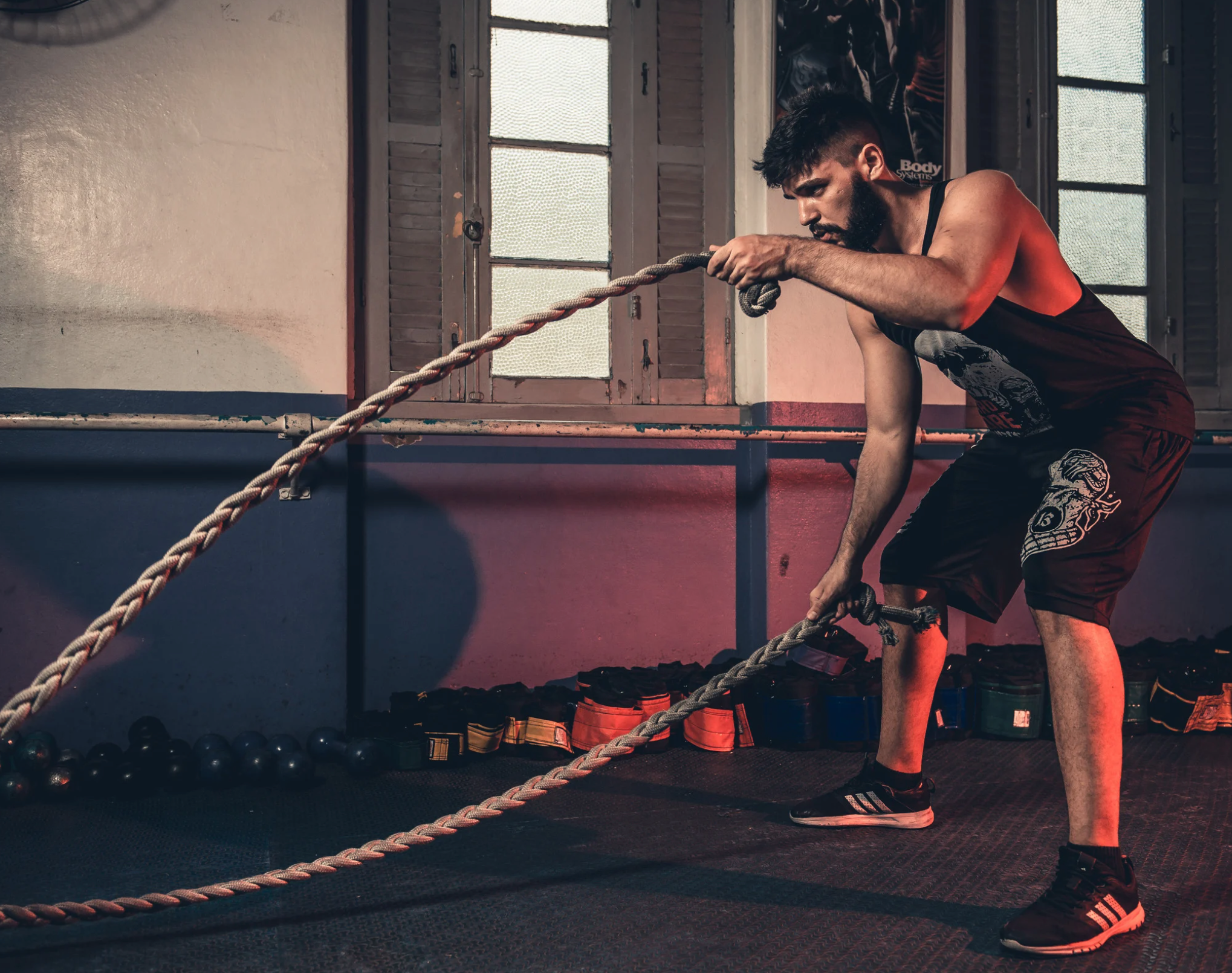Top Recovery Strategies Every Athlete Needs: From Beginners to Pros
Athletes, fitness enthusiasts, and even weekend warriors all have one thing in common: if you don’t recover properly, your body will eventually push back. Whether your goal is strength, endurance, or fat loss, recovery is the secret ingredient that determines your success.
Let’s explore the most effective recovery strategies used by top athletes—so you can apply them in your own routine.
1. Sleep Like a Champion
Athletes like LeBron James and Roger Federer reportedly sleep 10–12 hours a night. Why? Because sleep is a recovery powerhouse.
-
Deep sleep cycles restore muscles, balance hormones, and recharge energy.
-
Poor sleep = poor performance, no matter how good your workout is.
💡 Action Step: Create a nighttime routine: dim lights, no phone before bed, and a cool, quiet room.
2. Nutrition as Recovery Fuel
Your muscles are like a construction site. After training, they’re broken down and waiting for the right materials to rebuild.
-
Protein repairs muscles.
-
Carbohydrates restore energy.
-
Fats keep hormones balanced.
-
Vitamins & minerals support cellular function.
💡 Recovery Meal Example: Grilled salmon, quinoa, spinach, and a glass of water with electrolytes.
3. Active Recovery & Mobility
Skipping the gym doesn’t mean sitting on the couch all day. Active recovery is about low-intensity movement that boosts circulation.
-
Yoga for flexibility
-
Swimming for joint-friendly cardio
-
Walking for blood flow and mental clarity
Even 10–20 minutes can reduce soreness dramatically.
4. Cold, Heat & Contrast Therapy
-
Cold (ice baths, ice packs): reduces inflammation and pain.
-
Heat (sauna, hot showers): relaxes tight muscles and improves blood flow.
-
Contrast therapy (hot-cold switch): combines both for faster recovery.
💡 Many professional teams have recovery rooms dedicated to this combo.
5. Stretching, Rolling, and Massage
Muscles don’t just need strength—they need flexibility.
-
Foam rolling: breaks up adhesions and improves circulation.
-
Massage guns: deeper relief in specific areas.
-
Stretching: prevents stiffness and supports joint health.
6. Supplements That Support Recovery
While food should always come first, supplements can help when training hard.
-
Whey protein → quick recovery after workouts.
-
BCAAs → reduce soreness during intense training.
-
Magnesium & electrolytes → prevent cramps and fatigue.
-
Collagen → supports joint and connective tissue health.
7. Mental & Emotional Recovery
Training isn’t only physical—it’s mental. Burnout is real.
-
Take one full rest day per week.
-
Practice deep breathing or meditation.
-
Listen to your body, not your ego.
Building Your Recovery Routine
Here’s a sample weekly recovery plan you can adapt:
-
Post-workout: protein shake + light stretching
-
Daily: 7–9 hours of sleep + hydration
-
2–3x per week: foam rolling or massage gun
-
Weekly: one rest day, one active recovery day (walking, yoga)
-
Monthly: consider sports massage or sauna/contrast therapy
